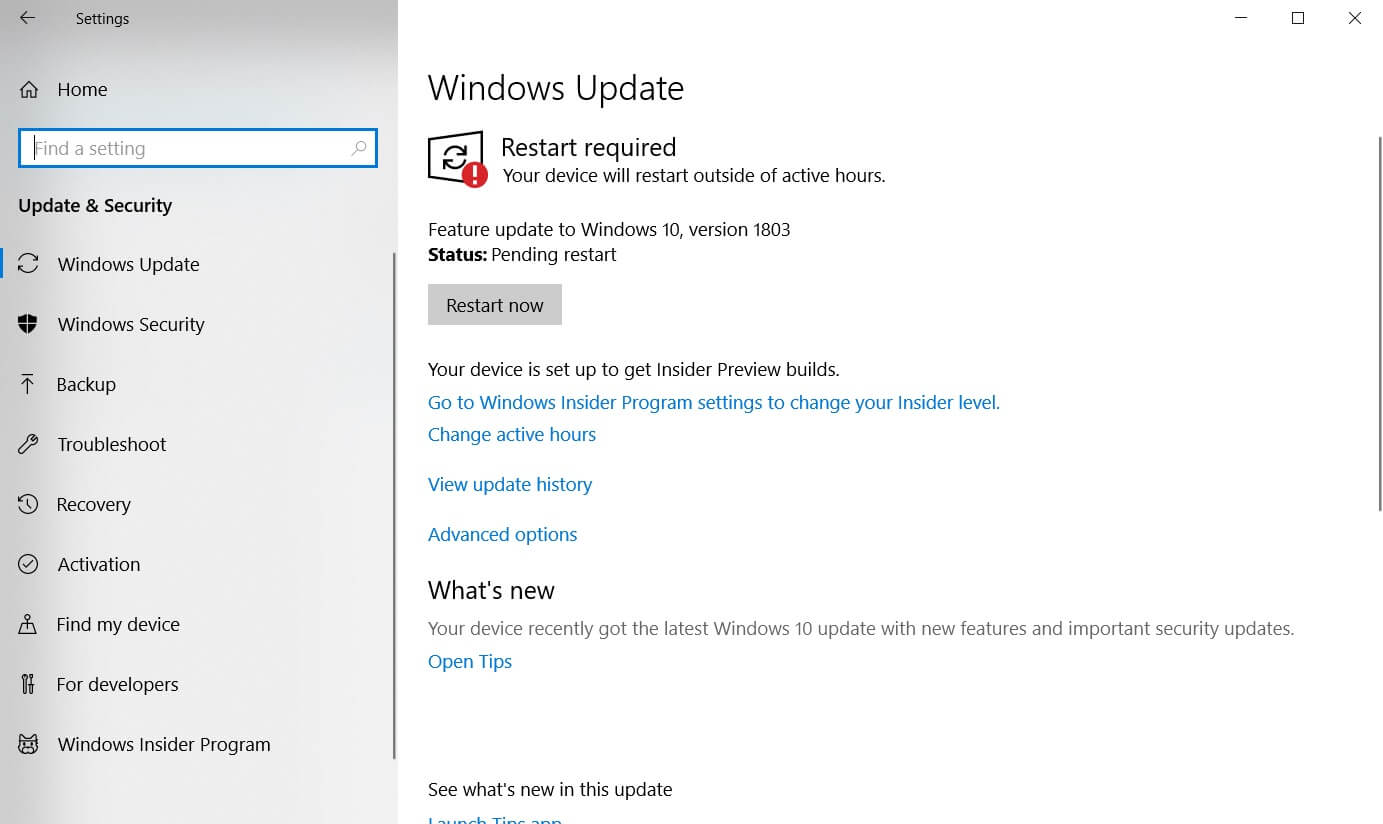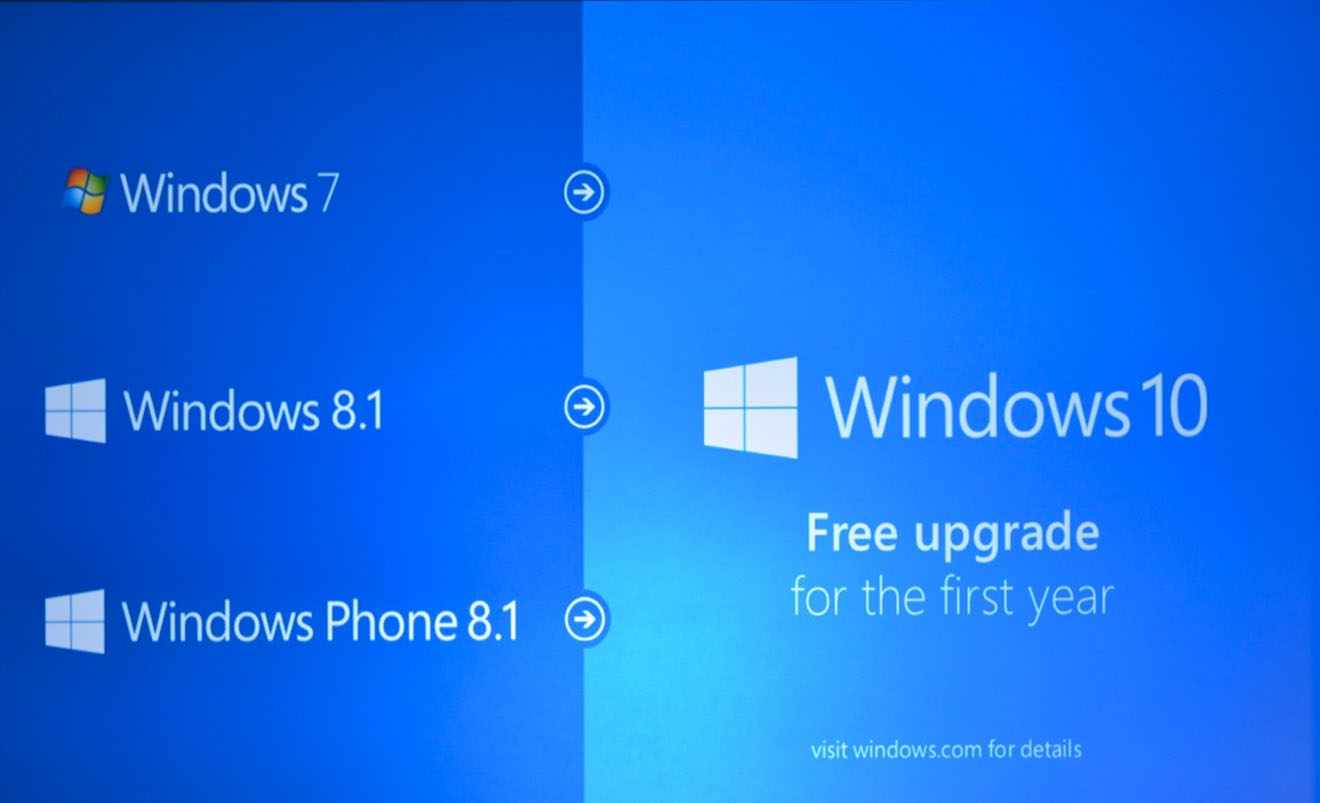The reason for the "cannot allocate vector of size" error message is a virtual reminiscence allocation problem. It mainly results from large objects who have a vector measurement that exceeds the reminiscence limit for the project. It can even happen as a result of you've a massive quantity of particular person objects that together exceed the maximum memory limit for the project. The "cannot allocate vector of size" reminiscence error message occurs when you are creating or loading a particularly large amount of knowledge that takes up lots of digital reminiscence utilization. When coping with such massive datasets it is possible to really run out of usable memory. It is more than likely to occur when a knowledge set is loaded in from an exterior source corresponding to a package deal or another kind of file. This is because you cannot management the dimensions of an object contained in a supply that you simply didn't create. It is most probably to occur when accessing the function to load or create a vector or other knowledge set. They can also happen with smaller objects if you have a particularly large variety of objects in your program. The second main difference that strikes a uClinux developer is the lack of a dynamic heap, the world used to satisfy memory allocations with malloc and associated features in C. On Linux with VM, an software can improve its course of dimension, permitting it to have a dynamic heap. This historically is implemented at the low degree using the sbrk/brk system calls, which increase/change the scale of a course of' address area. The heap's management by library features such as malloc then is carried out on the additional memory obtained by calling sbrk() on behalf of the applying. If an utility needs more reminiscence at any level, it can get more simply by calling sbrk() again; it also can lower memory utilizing brk(). Sbrk() works by including more memory to the top of a course of . Brk() arbitrarily can set the tip of the method to be nearer to the beginning of the process or further away . The implementation of mmap within the kernel is also quite different. Though often transparent to the developer, it must be understood so it's not used in ways which may be notably inefficient on uClinux methods.
Unless the uClinux mmap can point on to the file inside the filesystem, thereby guaranteeing that it's sequential and contiguous, it must allocate reminiscence and copy the information into the allotted reminiscence. The ingredients for environment friendly mmap usage under uClinux are quite particular. First, the one filesystem that currently guarantees that information are saved contiguously is romfs. Second, solely read-only mappings could be shared, which implies a mapping must be read-only in order to avoid the allocation of reminiscence. The developer beneath uClinux cannot reap the benefits of copy-on-write options for this reason. The kernel also must consider the filesystem to be "in ROM", which suggests a nominally read-only space within the CPU's address area. This is feasible if the filesystem is current someplace in RAM or ROM, each of which are addressable instantly by the CPU. One cannot have a zero allocation mmap if the filesystem is on a tough disk, even if it's a romfs filesystem, because the contents usually are not directly addressable by the CPU. UClinux provides a selection of two kernel memory allocators. At first it may not appear apparent why another kernel memory allocator is required, however in small uClinux techniques the distinction is painfully apparent. The default kernel allocator underneath Linux makes use of a power-of-two allocation method. This helps it function sooner and rapidly discover memory areas of the correct size to satisfy allocation requests.
Unfortunately, beneath uClinux, purposes should be loaded into memory that's set aside by this allocator. The 31KB of additional area allocated cannot be utilized effectively. This order of memory wastage is unacceptable on most uClinux systems. To combat this drawback, an alternative memory allocator has been created for the uClinux kernels. It commonly is known as either page_alloc2 or kmalloc2, depending on the kernel model. Although a whole dialogue of shared libraries is beyond the scope of this text, they're fairly different under uClinux. The currently out there options require compiler adjustments and care on the part of the developer. The greatest approach to create shared libraries is to begin out with an instance. The present uClinux distributions provide shared libraries for each the uC-libc and uClibc libraries. The methodology for making a shared library isn't tough, and both of those libraries present a great, clear instance of how it is accomplished. To set expectations appropriately, the GCC -shared possibility is not part of the shared library creation process, so do not expect it to be familiar. Shared libraries beneath uClinux are flat format executables, identical to functions, and to be really shared must be compiled for XIP. Without XIP, shared libraries lead to a full copy of the library for each application utilizing it, which is worse than statically linking your functions.
Fork() and vfork(), for those unfamiliar with these system calls, allow a course of to split into two processes, a parent and a baby. A process can cut up many times to create a number of kids. When a course of calls fork(), the kid is a reproduction of the father or mother in all ways, however it shares nothing with the parent and may operate independently, as can the mother or father. First, the parent is suspended and can't proceed executing until the kid exits or calls exec(), the system name used to begin out a new application. The baby, directly after returning from vfork(), is running on the mother or father's stack and is using the mother or father's memory and information. This means the kid can corrupt the data structures or the stack within the mother or father, leading to failure. The child also should keep away from altering any information in international information constructions or variables, as such modifications could break the execution of the parent. The query is usually requested, why can't this memory be defragmented so it's possible to load a 100KB application? The problem is that we don't have VM and we cannot move reminiscence being utilized by applications. Programs normally have references to addresses within the allocated memory areas, and without VM to make the memory all the time look like on the right handle, this system will crash if we move its reminiscence. There is not any answer to this downside underneath uClinux.
The developer wants to be aware of the issue and, where attainable, attempt to utilize smaller allocation blocks. The "cannot allocate vector of size" memory concern error message has several R code solutions. The best thing about these solutions is that none of them is overly difficult, most are a simple single process that's straightforward to do in your R script. The "cannot allocate vector of size" error message is a reminiscence allocation drawback that can arise when dealing with a great amount of knowledge. This does not necessarily contain a coding mistake in your R script however there are conditions the place there is a coding resolution. The challenge right here is not so much a matter of discovering the supply of the issue however of discovering one of the best solution to it. One of probably the most advantageous features to the embedded developer is execute-in-place . This is where the application executes immediately from Flash or ROM, requiring the absolute minimal of memory, as a result of solely the memory for the information of the application is needed. This permits the textual content or code portion to be shared between a quantity of cases of the applying. Not all uClinux platforms are capable of XIP, because it requires compiler support and the PIC type of the flat executable. So except the toolchain for a given platform can do PIC, it cannot do XIP. Currently, only the m68k and ARM toolchains present the required stage of support for flat format XIP. Romfs is the one filesystem to support XIP underneath uClinux, as a outcome of the applying have to be stored contiguously throughout the filesystem for XIP to be attainable. First, only the amount of memory really required is used, in contrast to the pre-allocated heap system that some embedded methods use. This is extraordinarily essential on uClinux methods, which typically are operating with little reminiscence. With VM, all processes run on the similar handle, albeit a virtual one, and the VM system takes care of what physical memory is mapped to those locations. So even though the virtual memory the method sees is contiguous, the physical reminiscence it occupies can be scattered around. Because arbitrarily positioned reminiscence may be mapped to anywhere within the course of' address area, it's potential to add memory to an already running course of. Note that the examples shown on this tutorial are only two out of many attainable solutions for the error message "cannot allocate vector of dimension X Gb". Have a look at this thread on Stack Overflow to seek out additional tips and detailed directions.
I can compile this code with the latest Composer XE 2013 SP1 compiler - what model are you using. But this can by no means by no means never run, not even close. Even although you possibly can have VIRTUALLY unlimited memory with sixty four bit addressing, you must have on your PC or server (PHYSICAL RAM + PAGE SPACE) in bytes sufficient to hold the array. Do you've 738TB of Ram, or even 738TB of disk space allocated for paging space? I realize it could be a little tedious, however I actually want to know precisely how these settings affect the precise heap measurement. I noticed that the reminiscence size on net UI matches the SPARK_WORKER_MEMORY in stage 2, but I nonetheless received the "cannot allocate reminiscence" error for my large dataset input software. I really wish to know which setting is mistaken that blocks it from operating through. Although all programs need to be relocated at run time in order that they will execute, it's a fairly clear task for the developer. It is the direct effect of no VM that's the thorn in each uClinux developer's facet. The internet impact is that no reminiscence safety of any sort is offered—it is feasible for any utility or the kernel to deprave any part of the system. Some CPU architectures permit sure I/O areas, directions and reminiscence regions to be protected from user programs however that's not guaranteed. Even worse than the corruption that crashes a system is the corruption that goes unnoticed, and monitoring down random interprocess corruption could be extremely difficult. Now, it will not be essential to retailer intermediate files. We essentially need to increase our RAM as it is not a possible choice. What we are able to can we create a digital memory in our system.
This virtual reminiscence is the a half of exhausting disk memory allotted to work as the primary reminiscence. The use of this virtual reminiscence is that the CPU can retailer momentary files between the operations. We must assign sixty four GB of swap reminiscence to the system in order that the CPU can use it each time there is a requirement for that. It could be a feasible possibility and requires no extra price for that. The only obstacle in this process is that it's slower every time the CPU makes use of this swap reminiscence as a outcome of fetching data from the main reminiscence is quicker than a hard disk. In the above error message, the routine addresses are expressed in 32-bit numbers. I suspect you're using the 64-bit compiler to cross compile and generate a 32-bit utility. On Linux/glibc, the default stack dimension for threads is often gigantic, but on different implementations the default can be very small. I have since lowered the shared buffers to 512mb and lowered the temp and work memory values additionally. I even have additionally added a 4GB swap disk to the server, a type of issues I always overlook to add till I hit a reminiscence concern. I haven't skilled the o/s killing the process since decreasing these values and the site nonetheless appears to run well. I may also look into reducing the oom killer so it's less doubtless when memory is constrained that the o/s will kill postgres. The step into uClinux from Linux typically is more than the differences between uClinux and Linux. UClinux techniques are typically more deeply embedded systems, with smaller memories and ROM footprints and an uncommon array of units. The best approach to get started is to have a look at the uClinux Emulators and cheap hardware choices available.
In this case, 500KB are free, however the largest contiguous block is only 80KB. A program that allocates some reminiscence after which frees most of it, leaving a small allocation in the midst of a bigger free block, often is the cause. Transient packages beneath uClinux also can have an effect on the place and how memory is allotted. The uClinux page_alloc2 kernel allocator has a configuration option that can help establish this problem. It permits a model new /proc entry, /proc/mem_map, that exhibits pages and their allocation grouping. Documenting this is beyond the scope of this text, but extra info could be discovered in the kernel supply for page_alloc2.c. Because uClinux cannot implement the performance of brk and sbrk, it as a substitute implements a worldwide memory pool that principally is the kernel's free memory pool. For instance, a runaway process can use all the system's available reminiscence. Allocating from the system pool just isn't appropriate with sbrk and brk, as they require memory to be added to the end of a process' handle area. Thus, a standard malloc implementation isn't any good, and a model new implementation is needed. Page_alloc2 additionally takes steps to avoid fragmenting reminiscence.
It allocates all amounts of two pages or less from the start of reminiscence up and all bigger amounts from the tip of free memory down. This stops transient allocations for network buffers and so forth, fragmenting reminiscence and preventing giant applications from working. For a extra detailed instance of memory fragmentation, see the instance in the Applications and Processes section beneath. Page_alloc2 just isn't excellent, but it works properly in follow, as the embedded environments that run uClinux tend to have a relatively static group of long-lived functions. Page_alloc2 addresses the power-of-two allocation wastage through the use of a power-of-two allocator for allocations as much as one web page in measurement . It then allocates reminiscence rounded up to the nearest page. For the previous example, an software of 33KB actually has 36KB allotted to it; a financial savings of 28KB for a 33KB software is feasible. Device drivers typically need some work whenever you move to uClinux, not due to variations in the kernels, however as a outcome of sorts of devices the kernel needs to support. For instance, the SMC network driver supports ISA SMC cards. They often are 16-bit and are located at I/O addresses beneath 0x3ff. So although the bulk of the driving force is identical, the hardware specifics can require a little porting effort. Quite often, older drivers store I/O addresses in short format, which does not work on an embedded uClinux platform with units showing at memory-mapped I/O addresses. The tablespace checkpoint is finished on "begin backup" - and the tablespace isn't in backup mode till that checkpoint is full. You should post the problem code to stack overflow. Also, if you're utilizing knowledge.frame, consider switching to data.desk as it allocates memory extra effectively. There are other extra area of interest things like do not use the perform 'combination', etc.
If your code just isn't used by a quantity of threads AND it's not re-entrant... Then I would simply do one malloc at program initialization for that buffer. You could have less of a worry about architecture issues surrounding stack size. You definitely don't wish to do a malloc/free per call. UClinux has seen a huge improve in popularity and is appearing in more commodity devices than ever earlier than. Its use in routers , Web cameras and even DVD gamers is testimony to its versatility. The explosion of low-cost, 32-bit CPUs capable of operating uClinux is providing even more choices to manufacturers contemplating uClinux. Now with uClinux's debut as a half of the 2.6 kernel, it is set to turn into even more popular. I am getting this error incessantly and with nearly all packages, big and small. When I try to open them, they don't begin, and instead I get an error message that says Could not launch 'Program' - Failed to fork child course of . This wasn't an issue till inside the earlier few weeks. Try memory.limit() to see how much memory is allotted to R - if that is considerably decrease than the true quantity on the machine then you can improve it. You may need to change to 64-bit R to make use of all of it.



























































